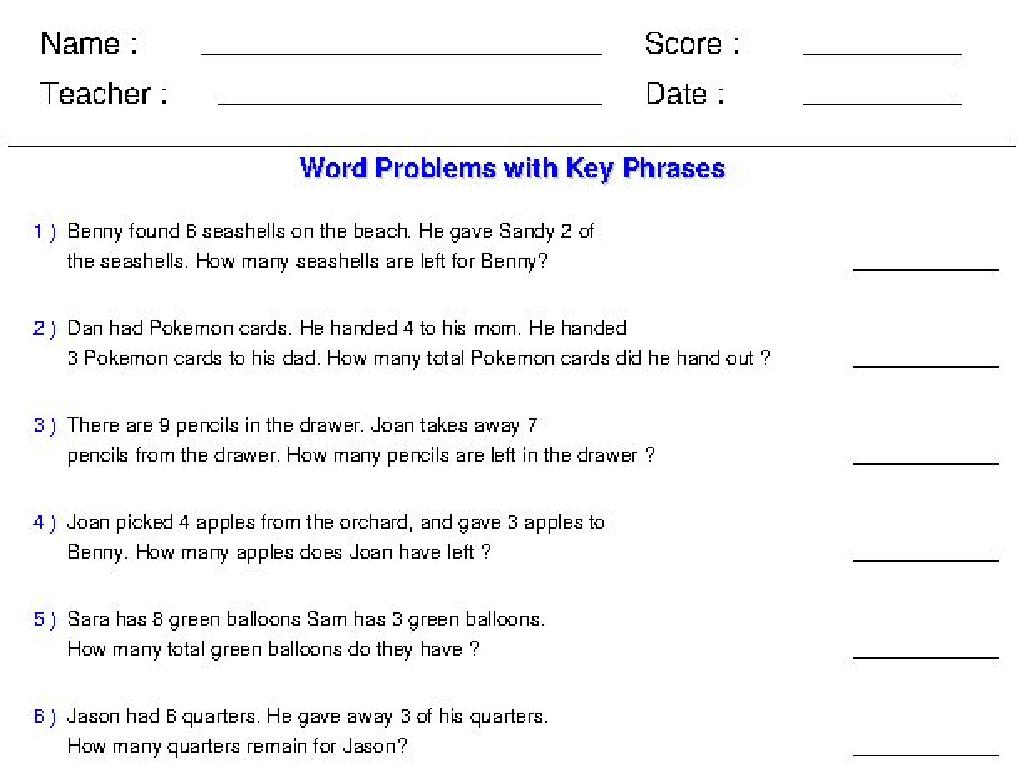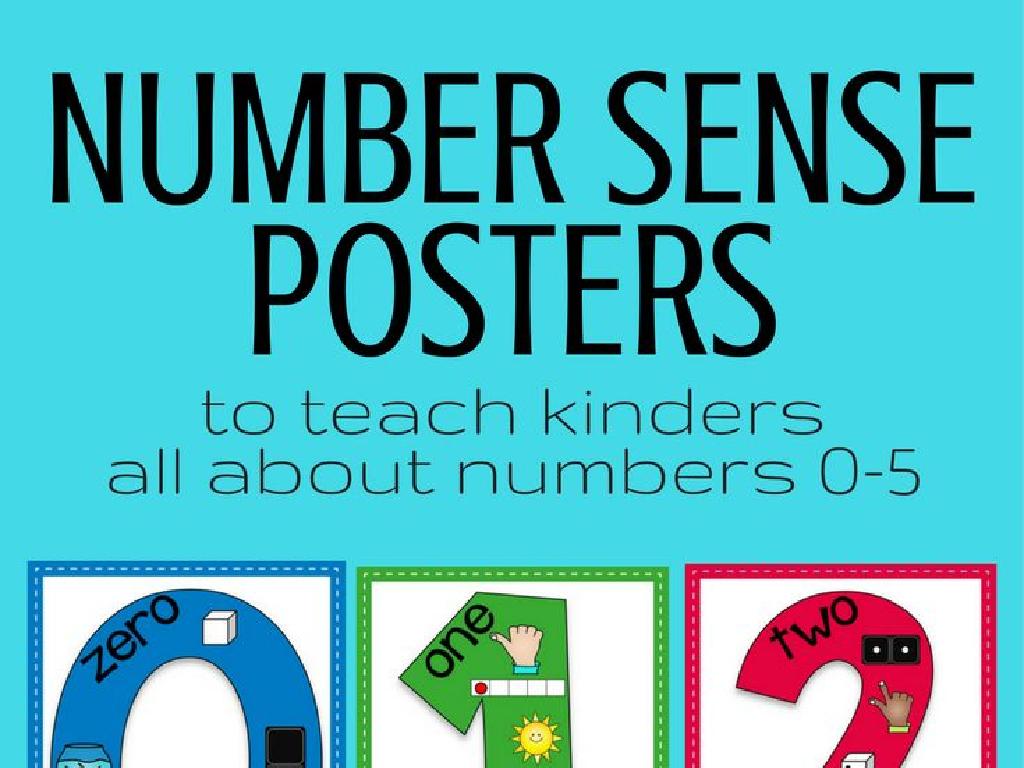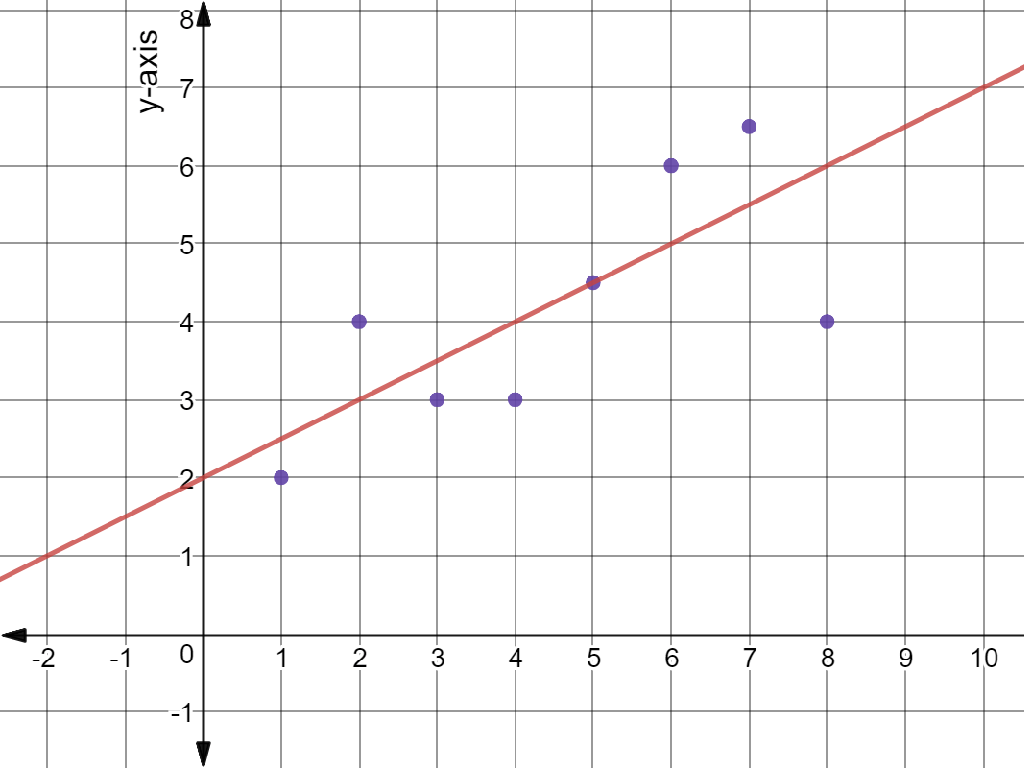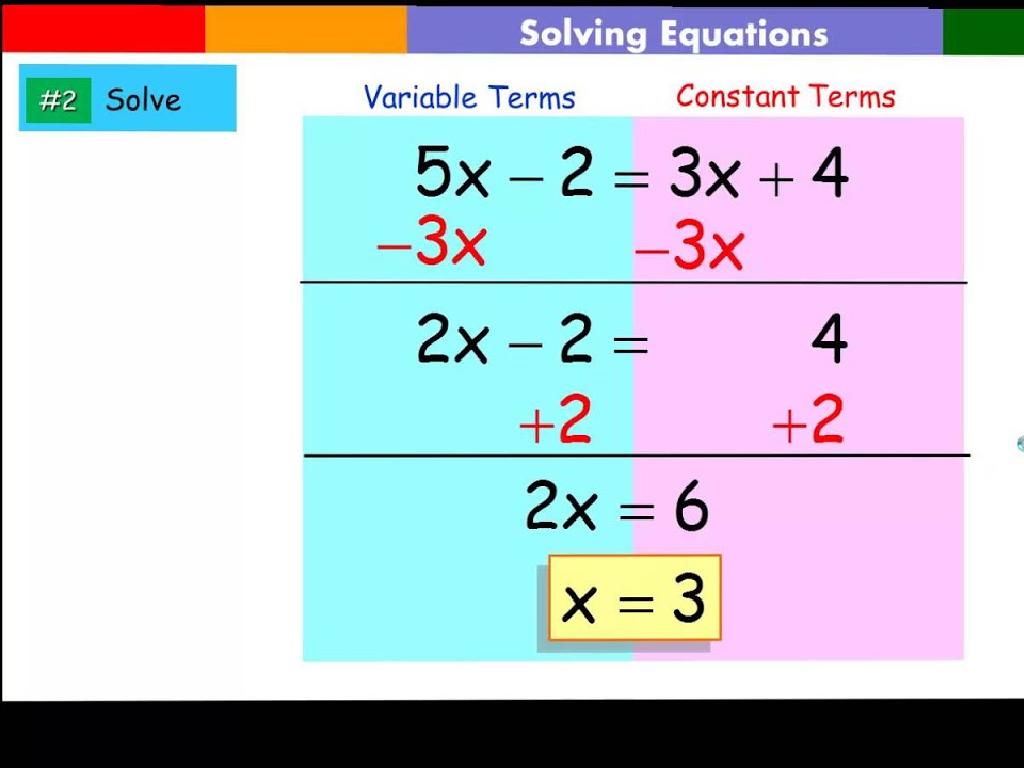Are The Modifiers Used Correctly?
Subject: Language arts
Grade: Seventh grade
Topic: Misplaced Modifiers
Please LOG IN to download the presentation. Access is available to registered users only.
View More Content
Welcome to Misplaced Modifiers!
– Importance of sentence structure
– Defining modifiers
– Words/phrases that describe other words in a sentence
– Effects of misplaced modifiers
– They can lead to confusing, humorous, or incorrect meanings
– Correcting misplaced modifiers
– We’ll learn to place modifiers close to the words they describe
|
This slide introduces the concept of misplaced modifiers, a common issue in sentence construction. Start by discussing why sentence structure is crucial for clear communication. Explain that modifiers are words or phrases that add detail to sentences. However, when these modifiers are not placed correctly, they can alter the intended meaning, often with amusing or confusing results. Emphasize the importance of placing modifiers near the words they are meant to describe to avoid ambiguity. Provide examples of sentences with misplaced modifiers and ask students to correct them. This will help students understand the impact of word placement on sentence clarity.
Understanding Modifiers in Sentences
– Define modifiers in language
– Modifiers add detail to other words, making descriptions more specific.
– Examples: adjectives and adverbs
– Adjectives modify nouns, adverbs modify verbs, adjectives, or other adverbs.
– Activity: Spot the modifiers
– Look at sentences and highlight the words that provide more information.
– Discuss correct modifier usage
|
This slide introduces the concept of modifiers, which are crucial for adding specificity and detail to language. Start by defining modifiers as words that describe or change other words. Provide examples of adjectives and adverbs as common modifiers. For the activity, present sentences to the class and ask students to identify the modifiers. This will help them understand how modifiers function within a sentence to enhance meaning. After the activity, discuss the importance of placing modifiers correctly to avoid confusion. The teacher should prepare sentences with clear modifiers and some with misplaced modifiers to show the difference in clarity and meaning.
Avoiding Confusion: Misplaced Modifiers
– Misplaced modifiers cause confusion
– Modifiers should be close to the word they describe to avoid ambiguity.
– Examples of misplaced modifiers
– ‘Eating ice cream, the sun felt too hot’ implies the sun is eating ice cream.
– Analyzing incorrect sentences
– Placement of modifiers can change the sentence meaning.
– Correcting the placement
– Place modifiers next to the word they describe for clarity.
|
This slide aims to highlight the importance of correct modifier placement in sentence construction. Misplaced modifiers can lead to sentences that are confusing or unintentionally humorous. By providing examples, students can see common mistakes and understand why the sentence structure is incorrect. Discuss each example and ask students to identify the misplaced modifier and the confusion it causes. Then, guide them to correct the sentence by placing the modifier next to the word it is supposed to modify. This exercise will help students to write more clearly and avoid common errors in their writing.
Correcting Misplaced Modifiers
– Strategies to fix misplaced modifiers
– Identify the modifier and the word it describes; move it closer.
– Revise sentences for correct placement
– Rearrange the sentence so that modifiers are next to the words they modify.
– Practice: Correct these sentences
– ‘The dog in the hat chased the boy’ becomes ‘The dog chased the boy in the hat.’
– Understanding through examples
|
This slide aims to teach students how to identify and correct misplaced modifiers, which can obscure the meaning of a sentence. Start by explaining the concept of modifiers and their role in providing additional information about other words. Discuss strategies for identifying misplaced modifiers, such as looking for words that seem to be modifying the wrong part of the sentence. Then, show how to revise sentences to place these modifiers correctly. Use practice sentences to allow students to apply what they’ve learned. For example, ‘The dog in the hat chased the boy’ can be corrected to ‘The dog chased the boy in the hat,’ clarifying that it was the boy wearing the hat, not the dog. Encourage students to explain their reasoning for each correction to reinforce their understanding.
Let’s Practice: Correcting Modifiers
– Interactive group correction activity
– Pair up to find and fix errors
– Work with a partner to spot and correct misplaced modifiers in sentences provided.
– Discuss corrections as a class
– Share and review the corrections made with the whole class for collective learning.
– Understand the importance of placement
– Learn why modifier placement changes the sentence meaning.
|
This slide introduces an interactive class activity focused on identifying and correcting misplaced modifiers. Students will pair up and work together to correct sentences with misplaced modifiers, fostering collaboration and peer learning. After the activity, lead a class discussion where pairs share their corrections, allowing students to learn from each other’s insights. Emphasize the importance of correct modifier placement in conveying the intended meaning of a sentence. As a teacher, prepare to provide guidance and clarification during the activity and discussion. Consider creating a handout with example sentences for students to work on and reference during the discussion.
Modifiers in Literature
– Correct modifier examples
– Examples from literature where modifiers are used to add detail and clarity.
– Analyzing modifier impact
– Discuss how modifiers can change tone and give depth to writing.
– Activity: Find modifiers in reading
– Choose a book/story, find modifiers that enhance the text.
– Share effective modifiers
– Present your findings and explain why they’re effective.
|
This slide introduces students to the concept of modifiers in literature, emphasizing their correct usage and the enhancement they provide to writing. Begin with examples from well-known texts where modifiers are used effectively. Discuss with students how these modifiers add to the imagery and understanding of the text. For the activity, instruct students to select a book or story, identify modifiers that effectively add detail or clarity, and be prepared to share their examples in class. Encourage them to explain why these modifiers are effective and how they improve the text. This will help them understand the importance of placement and usage of modifiers in their own writing.
Your Turn to Write: Modifier Mastery
– Write sentences using modifiers
– Exchange papers for peer review
– Swap with a classmate to find any misplaced modifiers
– Check each other’s modifiers
– Provide constructive feedback on the use of modifiers
– Share sentences with the class
– Volunteers can read their sentences to the class
|
This slide is designed to engage students in a practical exercise on the use of modifiers. Students will start by writing their own sentences, focusing on the correct placement of modifiers to add detail and clarity. After writing, they will exchange their work with a peer for review, looking specifically for any misplaced modifiers that could lead to confusion. Students should provide feedback to each other and make corrections as needed. Finally, volunteers will have the opportunity to read their sentences aloud to the class, which will help reinforce the concept and allow for group discussion. The teacher should facilitate the peer review process, ensuring that each student understands how to identify and correct misplaced modifiers. This activity will help students apply their knowledge of modifiers in a collaborative and supportive environment.
Class Activity: Modifier Scavenger Hunt
– Search for modifiers in readings
– Identify correct or misplaced usage
– Determine if the modifier directly describes the word it’s intended to
– Discuss findings as a class
– Correct misplaced modifiers together
– We’ll rewrite sentences with misplaced modifiers correctly
|
This interactive class activity is designed to help students recognize and correct misplaced modifiers. Provide students with various reading materials such as short stories, excerpts from novels, or sentences. Instruct them to highlight or underline modifiers and assess their placement in relation to the words they modify. Once they have identified examples, facilitate a class discussion where students can present their findings, explaining why a modifier is correctly used or misplaced. Then, as a class, work on rewriting the sentences with misplaced modifiers to improve clarity. This exercise will enhance their understanding of how modifiers function within a sentence and the importance of their correct placement for clear communication.
Wrapping Up: Modifiers and Your Homework
– Recap on misplaced modifiers
– We reviewed how misplaced modifiers can change sentence meaning.
– Why correct placement matters
– Clear communication relies on modifiers being close to the words they describe.
– Homework: Craft a clear paragraph
– Write a paragraph using modifiers correctly to describe actions or details.
– Focus on modifier placement
– Ensure each modifier is next to the word it’s modifying for clarity.
|
As we conclude today’s lesson, remind students of the key points about misplaced modifiers and their impact on sentence clarity. Emphasize the importance of placing modifiers near the words they modify to avoid confusion. For homework, students should write a short paragraph where they practice using modifiers correctly. This exercise will help reinforce today’s lesson and improve their writing skills. Encourage creativity and remind them to proofread their work to ensure modifiers are properly placed. In the next class, we can review some of the paragraphs to highlight successes and areas for improvement.






